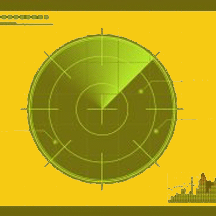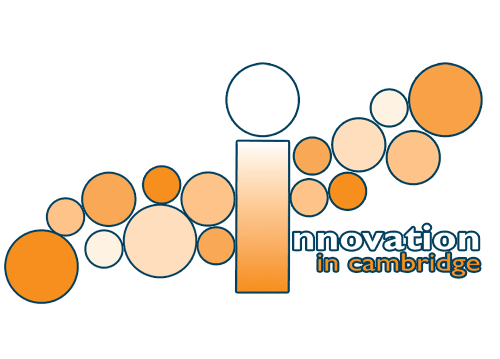 |
|||

|
The development of microwave radar doesn't belong solely to Cambridge. By the mid-1930s, engineers were bouncing radio waves off objects and using the returning signals to estimate distance and direction. Before World War II, the British had created Chain Home, a series of radio radar stations that gave them a short notice of incoming planes. However, the range of was very limited. Higher frequencies were needed. By 1940, a group of British researchers had developed the "cavity magnetron", which allowed for the development microwave radars. Lacking time and resources, a team of scientists and a magnetron traveled to America and soon after the Radiation Laboratory, or Rad Lab, was established at MIT. The Rad Lab operated from October of 1940 through December of 1945. It was originally a part of the National Defense Research Committee (NDRC) until that committee was renamed the Office of Scientific Research and Development (OSRD) in 1941. Vannevar Bush, a Tufts graduate and one of the founders of Raytheon in Cambridge, was appointed the Chairman of NDRC and then OSRD by President Roosevelt. Lee DuBridge was the director of the Rad Lab and physicist Alfred Lee Loomis was significant in securing the early funding for the lab. The Rad Lab developed most of the Radar used by the U.S. and Allied forces during WWII. It also developed Long Range Navigation or LORAN, the first world wide radio navigation system and what today’s Global Positioning System (GPS) is based on. The Rad Lab's microwave Radar early-warning saved London from aerial destruction by designing approximately 50% of the radar used to shoot down enemy bombers and guide Allies' planes during the war. The Rad Lab went on to developed over 100 radar systems. While the Rad Lab was developing the technology of Radar and Sonar, Percy Spencer at the neighboring Raytheon factory created a fast, cheap process to produce magnetrons, making radar a usable technology. Raytheon produced 80% of the magnetrons used during the war. |
||

